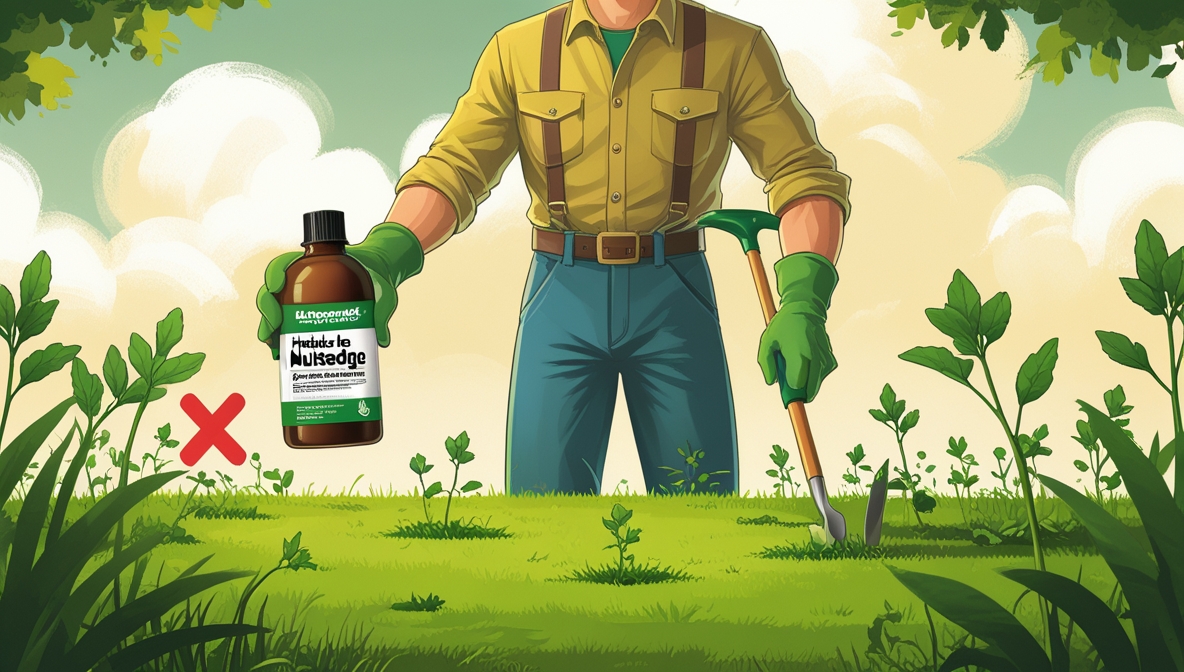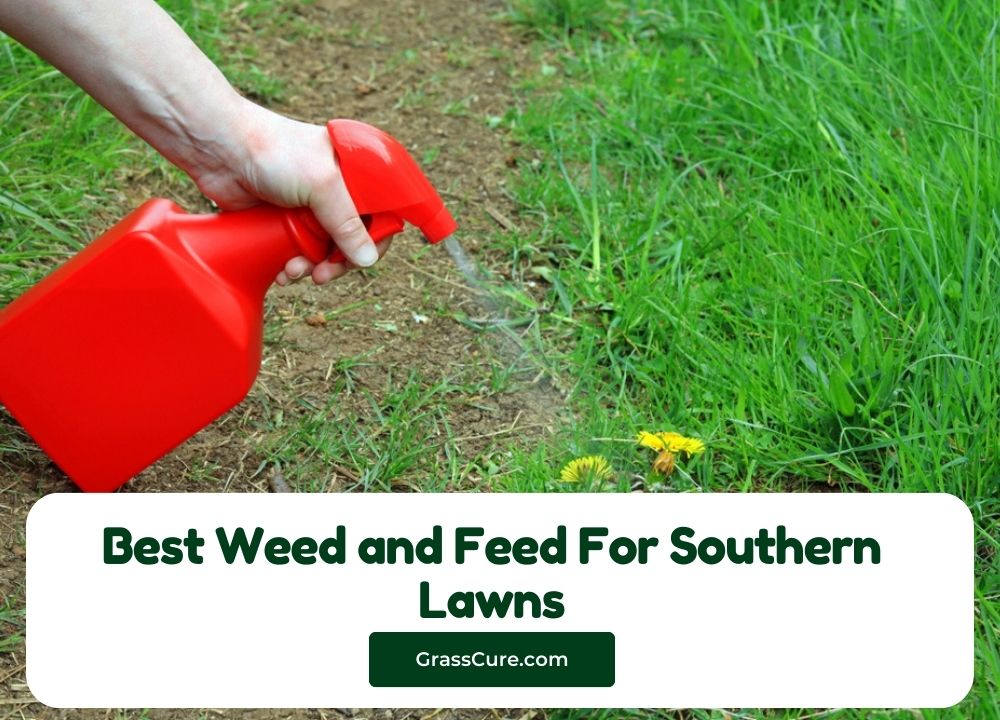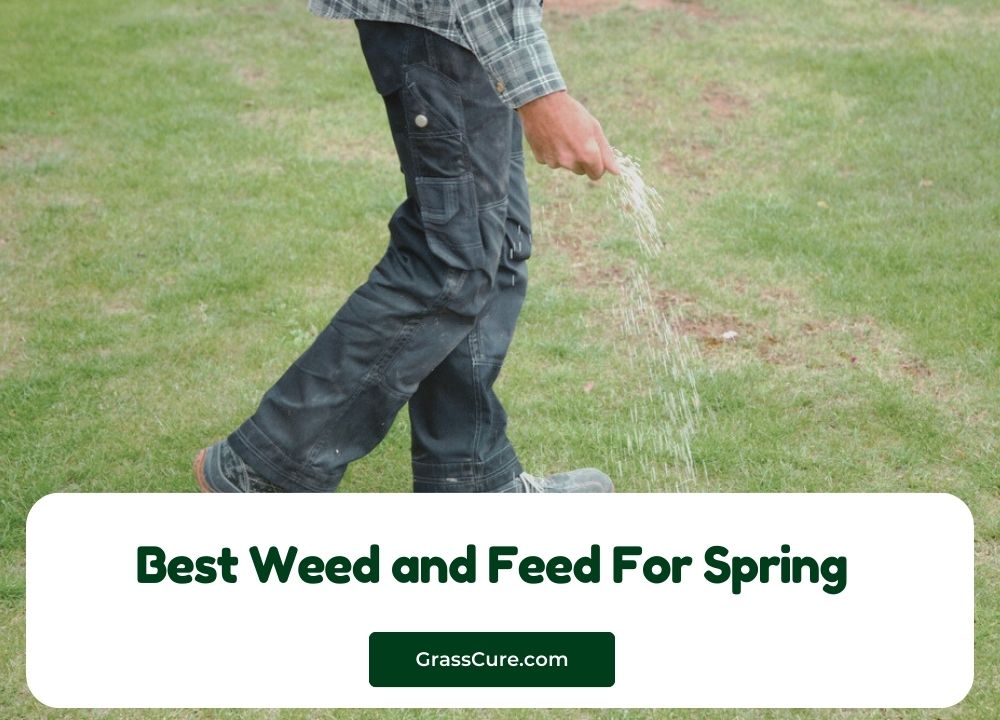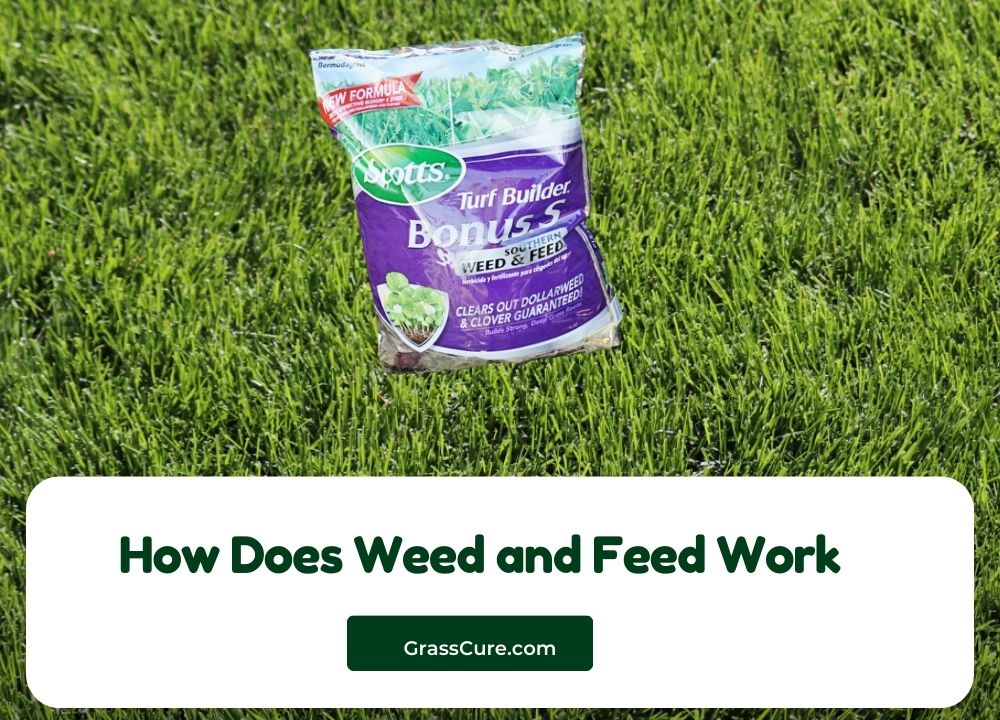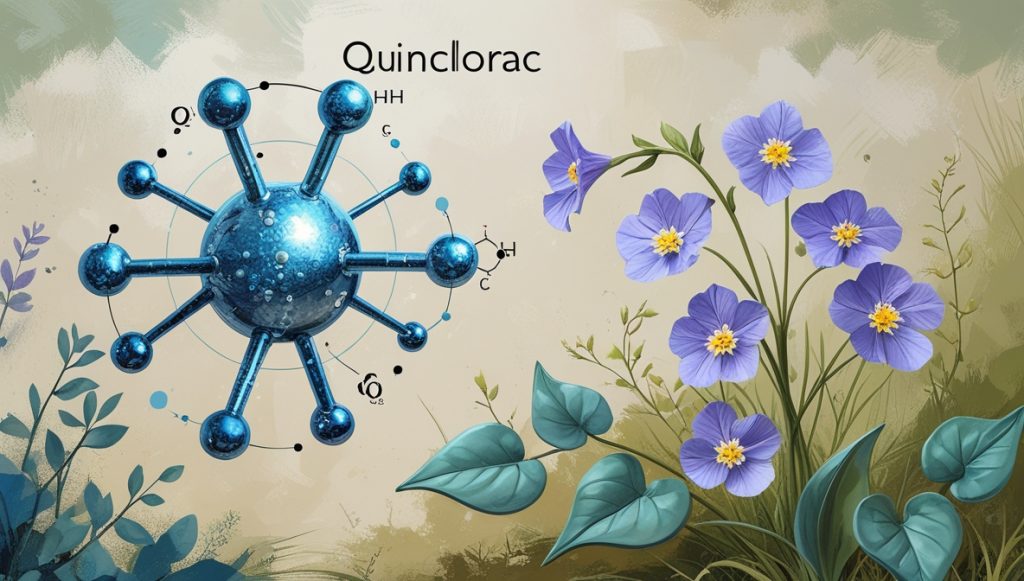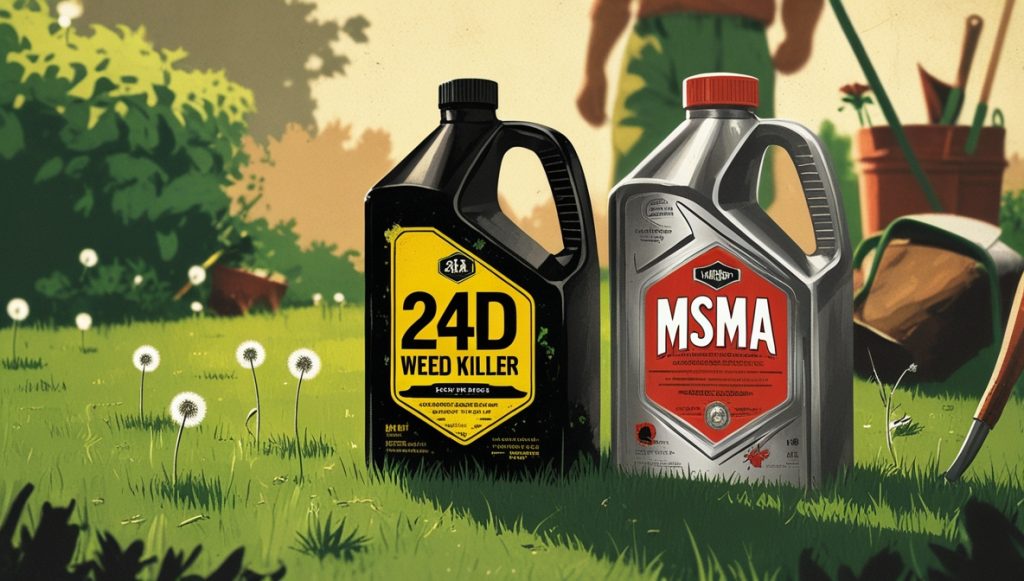Nutsedge—often called “nutgrass”—is the bane of pristine lawns and gardens everywhere. This sneaky, grass-like weed isn’t your average lawn invader. With its rapid growth, deep tubers, and ability to thrive in wet conditions, nutsedge can outpace your turfgrass and ruin the aesthetic of even the most well-maintained yard. Unlike typical grassy or broadleaf weeds, nutsedge requires specialized herbicides to tackle its resilient root system and prevent regrowth. If you’ve ever yanked it out by hand only to see it sprout back with a vengeance, you know the frustration.
Today, we’re diving into a head-to-head comparison of five top-tier herbicides designed to combat nutsedge: 51516 Herbicide SEDGEHAMMER, Empero Nutsedge Killer (1.33 oz) by Atticus, Plus Turf Solution 13.5 grams, Torocity Herbicide (8 oz) by Atticus, and Sertay Herbicide (1.25 oz) by Atticus. Each product promises to knock out nutsedge, but which one truly reigns supreme? We’ll explore their active ingredients, application methods, safety for lawns, speed of results, cost-effectiveness, and more to help you choose the best herbicide for your nutsedge woes. Let’s get started!
Contents
- Understanding Nutsedge: Why It’s a Tough Foe
- The Contenders: A Quick Overview
- 1. 51516 Herbicide SEDGEHAMMER: The Gold Standard
- 2. Empero Nutsedge Killer (1.33 oz) by Atticus: The Budget-Friendly Alternative
- 3. Plus Turf Solution 13.5 grams: The Convenient Packet Option
- 4. Torocity Herbicide (8 oz) by Atticus: The Versatile All-Rounder
- 5. Sertay Herbicide (1.25 oz) by Atticus: The Warm-Season Warrior
- Head-to-Head Comparison
- The Final Verdict: Which Is the Best Herbicide for Nutsedge?
- Tips for Success with Any Nutsedge Herbicide
- Conclusion
Understanding Nutsedge: Why It’s a Tough Foe
Before we jump into the product reviews, let’s take a moment to understand why nutsedge is such a formidable opponent. Nutsedge (Cyperus spp.), including yellow nutsedge (Cyperus esculentus) and purple nutsedge (Cyperus rotundus), is a perennial sedge that mimics grass but behaves like a weed on steroids. It grows faster and taller than most turfgrasses, often appearing as bright green or yellowish blades that clash with your lawn’s uniformity. What makes it especially tricky is its underground network of tubers (nutlets), which can remain dormant in the soil and sprout new plants even after the above-ground portion is removed.
Nutsedge loves moist, poorly drained areas, thriving in the heat of summer when other weeds might slow down. Pulling it by hand can stimulate tuber growth, making the problem worse. Pre-emergent herbicides have limited success against established tubers, so post-emergent herbicides—those applied to actively growing weeds—are the go-to solution. The best herbicides target both the foliage and the tubers, ensuring a complete kill. With that in mind, let’s evaluate our contenders.
The Contenders: A Quick Overview
Here’s a snapshot of the five herbicides we’re reviewing:
- 51516 Herbicide SEDGEHAMMER
- Active Ingredient: Halosulfuron-methyl (75%)
- Type: Selective, post-emergent herbicide
- Best For: Yellow and purple nutsedge, kyllinga, and some broadleaf weeds
- Empero Nutsedge Killer (1.33 oz) by Atticus
- Active Ingredient: Halosulfuron-methyl (75%)
- Type: Selective, post-emergent herbicide
- Best For: Nutsedge, horsetail, and select broadleaf weeds
- Plus Turf Solution 13.5 grams
- Active Ingredient: Halosulfuron-methyl
- Type: Selective, post-emergent herbicide
- Best For: Nutsedge control in lawns, golf courses, and sports fields
- Torocity Herbicide (8 oz) by Atticus
- Active Ingredient: Mesotrione (40%)
- Type: Selective, pre- and post-emergent herbicide
- Best For: Nutsedge, broadleaf weeds, and grassy weeds
- Sertay Herbicide (1.25 oz) by Atticus
- Active Ingredient: Sulfosulfuron (75%)
- Type: Selective, post-emergent herbicide
- Best For: Nutsedge and kyllinga in warm-season lawns
Now, let’s break down each product in detail, assessing their strengths, weaknesses, and ideal use cases.
1. 51516 Herbicide SEDGEHAMMER: The Gold Standard
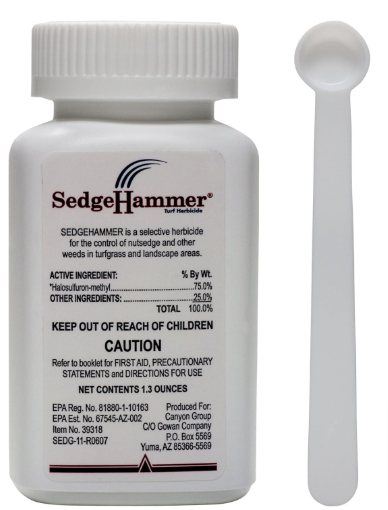
Overview
Sedgehammer is a household name in nutsedge control, and for good reason. With its active ingredient, halosulfuron-methyl (75%), it’s a selective post-emergent herbicide designed to target nutsedge without harming most turfgrasses. Available in a 1.33 oz bottle or convenient 13.5-gram packets (Sedgehammer+), it’s a trusted choice for homeowners and professionals alike.
How It Works
Halosulfuron-methyl inhibits an enzyme critical to nutsedge growth, causing the plant to yellow and die over 1-2 weeks. It’s absorbed through the foliage and translocates to the tubers, ensuring a thorough kill. Sedgehammer excels against yellow and purple nutsedge, green kyllinga, and a handful of broadleaf weeds like cocklebur and pigweed.
Application
Mix 0.9 grams (one scoop) with a gallon of water to treat 1,000 square feet. For the packet version (Sedgehammer+), the surfactant is pre-included, simplifying the process—just dissolve one 13.5-gram pouch in a gallon of water. Spray it on actively growing nutsedge (3-8 leaf stage) using a handheld or backpack sprayer. Avoid mowing for 2 days before and after application, and wait 4 hours before rain or irrigation.
Turf Safety
Sedgehammer is gentle on both cool- and warm-season grasses, including Kentucky bluegrass, Bermuda, St. Augustine, and zoysia. There are no temperature restrictions, making it versatile for summer use, though spot spraying is recommended above 95°F to minimize stress on desirable grass.
Pros
- Proven effectiveness against yellow and purple nutsedge
- Safe for a wide range of turfgrasses
- No temperature restrictions
- Easy-to-use packets available
Cons
- Slow results (up to 2 weeks for visible effects)
- Premium price point compared to generics
- Requires repeat applications for severe infestations
Cost
A 1.33 oz bottle retails around $80-$100, covering up to an acre, while 13.5-gram packets cost $10-$15 each. It’s not the cheapest option, but its reliability justifies the investment for many.
Verdict
Sedgehammer is the gold standard for a reason—it’s consistent, safe, and widely trusted. If you’re willing to pay a bit more for a proven performer and don’t mind waiting a couple of weeks for results, this is a top pick.
2. Empero Nutsedge Killer (1.33 oz) by Atticus: The Budget-Friendly Alternative
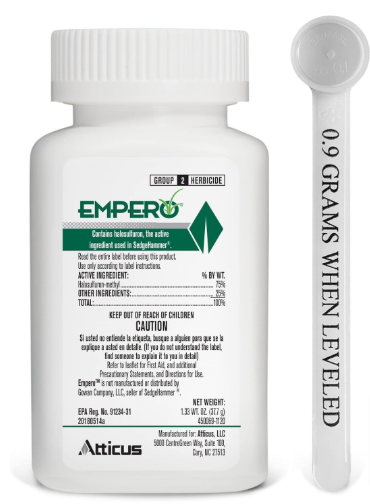
Overview
Empero Nutsedge Killer, produced by Atticus, is a direct competitor to Sedgehammer, boasting the same active ingredient—halosulfuron-methyl (75%)—at a lower price. Marketed as a cost-effective alternative, it targets nutsedge in established lawns, ornamental turf, and landscaped areas.
How It Works
Like Sedgehammer, Empero disrupts nutsedge growth by targeting a key enzyme, killing the plant and its tubers over 7-14 days. It’s effective against yellow and purple nutsedge, horsetail, and broadleaf weeds like velvetleaf and ragweed.
Application
Measure 0.9 grams per gallon of water to cover 1,000 square feet, and add 2 teaspoons of a non-ionic surfactant (sold separately) for better penetration. Apply to actively growing nutsedge via a sprayer, avoiding windy days to prevent drift. It’s rainfast in 4 hours, and pets can return once the spray dries.
Turf Safety
Empero is safe for most established cool- and warm-season grasses, including fescue, Bermuda, and centipede. Its gentle formula minimizes damage to desirable plants, though care should be taken around sensitive ornamentals.
Pros
- Same active ingredient as Sedgehammer at a lower cost
- Effective on nutsedge and additional weeds
- Quick rainfast time (4 hours)
- Versatile for lawns and landscapes
Cons
- Surfactant not included, adding an extra step
- Slower action (7-14 days)
- May need multiple applications for dense infestations
Cost
A 1.33 oz bottle costs $50-$70, making it significantly cheaper than Sedgehammer for the same coverage (up to an acre). It’s a budget-friendly option without sacrificing efficacy.
Verdict
Empero is a fantastic choice for cost-conscious gardeners who want Sedgehammer-level performance without the premium price tag. It’s nearly identical in effectiveness, though the need for a separate surfactant is a minor inconvenience.
3. Plus Turf Solution 13.5 grams: The Convenient Packet Option
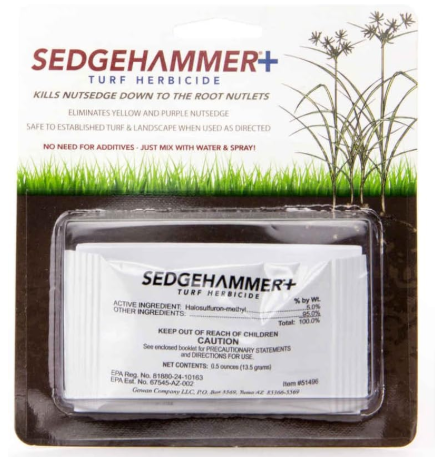
Overview
Plus Turf Solution offers a pre-measured 13.5-gram packet of halosulfuron-methyl, marketed as a powerful nutsedge control solution for lawns, golf courses, and sports fields. It’s essentially a rebranded version of Sedgehammer+, with the surfactant included for ease of use.
How It Works
This herbicide uses halosulfuron-methyl to target nutsedge at the cellular level, killing both foliage and tubers. It’s designed for post-emergent control of yellow and purple nutsedge, with added suppression of kyllinga and broadleaf weeds.
Application
Dissolve one 13.5-gram packet in a gallon of water to treat 1,000 square feet. Spray evenly over actively growing nutsedge, avoiding mowing for 2 days before and after. It’s best applied in spring or summer when nutsedge is in the 3-8 leaf stage.
Turf Safety
Safe for cool- and warm-season grasses like tall fescue, zoysia, and St. Augustine, Plus Turf Solution is formulated to spare desirable turf while attacking weeds. It’s a reliable choice for high-traffic areas like sports fields.
Pros
- Pre-measured packets simplify mixing
- Surfactant included—no extra purchase needed
- Effective on nutsedge and kyllinga
- Suitable for professional and residential use
Cons
- Limited availability compared to Sedgehammer
- Slow results (1-2 weeks)
- Single-use packets may not suit large areas
Cost
Priced at $10-$15 per 13.5-gram packet, it’s comparable to Sedgehammer+ but less economical for large-scale applications than bulk bottles.
Verdict
Plus Turf Solution is ideal for small lawns or spot treatments where convenience is key. It’s a solid performer, but its packet-only format limits its appeal for those tackling widespread nutsedge infestations.
4. Torocity Herbicide (8 oz) by Atticus: The Versatile All-Rounder
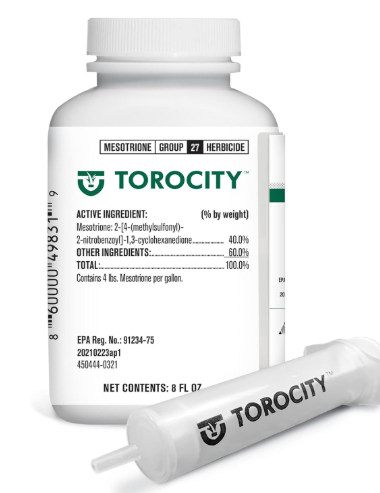
Overview
Torocity, another Atticus product, stands out with its mesotrione (40%) formula, offering both pre- and post-emergent control. Unlike the halosulfuron-based options, it targets a broader spectrum of weeds, including nutsedge, crabgrass, and clover, making it a multi-purpose herbicide.
How It Works
Mesotrione inhibits photosynthesis in susceptible weeds, causing them to bleach white and die within 1-3 weeks. It’s effective against yellow nutsedge (less so on purple) and provides residual control to prevent new weed emergence.
Application
Mix 0.5-1 oz per gallon of water to cover 1,000 square feet, depending on weed severity. Apply to actively growing nutsedge or as a pre-emergent barrier. A surfactant enhances performance, and it’s rainfast in 1-2 hours.
Turf Safety
Torocity is safe for cool-season grasses like Kentucky bluegrass and tall fescue, as well as some warm-season varieties like Bermuda. Avoid using it on St. Augustine or centipede grass, as it may cause injury.
Pros
- Pre- and post-emergent action
- Broad-spectrum weed control
- Faster visible results (bleaching in days)
- Affordable for multi-weed issues
Cons
- Less effective on purple nutsedge
- Not safe for all warm-season grasses
- Requires careful application to avoid turf damage
Cost
An 8 oz bottle costs $50-$60, treating up to 8,000 square feet at the higher rate. It’s a great value for those battling multiple weeds.
Verdict
Torocity is a versatile choice for lawns with mixed weed problems, offering faster visual feedback than halosulfuron-based options. It’s not the nutsedge specialist the others are, but its broad-spectrum power makes it a strong contender.
5. Sertay Herbicide (1.25 oz) by Atticus: The Warm-Season Warrior
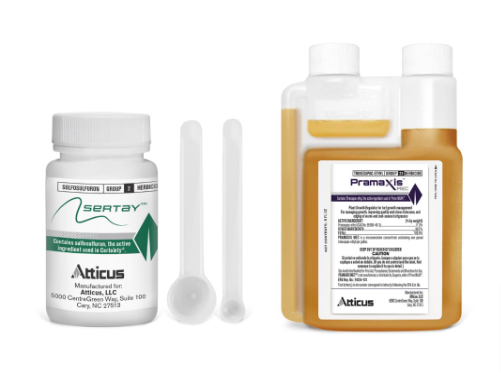
Overview
Sertay, with sulfosulfuron (75%), is tailored for warm-season lawns like Bermuda and zoysia. This selective post-emergent herbicide targets nutsedge and kyllinga, offering a robust alternative to halosulfuron-based products.
How It Works
Sulfosulfuron disrupts cell division in nutsedge, killing the plant and tubers over 7-14 days. It’s highly effective against yellow and purple nutsedge, with added control of green kyllinga and some broadleaf weeds.
Application
Mix 0.25-0.5 oz per gallon of water to treat 1,000 square feet, adding a surfactant for optimal results. Apply to actively growing weeds, avoiding temperatures above 85°F to minimize turf stress.
Turf Safety
Sertay shines on warm-season grasses but isn’t recommended for cool-season lawns like fescue or bluegrass, where it can cause damage. It’s a go-to for southern climates.
Pros
- Excellent for warm-season lawns
- Strong nutsedge and kyllinga control
- Long-lasting suppression
- Professional-grade performance
Cons
- Limited to warm-season grasses
- Temperature restrictions (avoid above 85°F)
- Slower action than some competitors
Cost
A 1.25 oz bottle costs $60-$80, covering up to 5,000 square feet. It’s pricier per ounce but potent for its niche.
Verdict
Sertay is the best pick for southern lawn owners with warm-season grasses. Its potency against nutsedge is undeniable, though its turf restrictions narrow its audience.
Head-to-Head Comparison
Effectiveness on Nutsedge
- Sedgehammer, Empero, Plus Turf Solution: All three use halosulfuron-methyl, delivering reliable control of yellow and purple nutsedge, with tubers targeted effectively.
- Torocity: Strong on yellow nutsedge but weaker on purple; better for mixed weed issues.
- Sertay: Matches the halosulfuron trio on nutsedge, excelling in warm-season settings.
Winner: Tie between Sedgehammer, Empero, and Sertay for pure nutsedge focus.
Speed of Results
- Torocity: Fastest visual impact (bleaching in days), though full kill takes 1-3 weeks.
- Sedgehammer, Empero, Plus Turf Solution: Slower (7-14 days), with gradual yellowing.
- Sertay: Similar to halosulfuron options (7-14 days).
Winner: Torocity for speed.
Turf Safety
- Sedgehammer, Empero, Plus Turf Solution: Safe across cool- and warm-season grasses.
- Torocity: Limited warm-season compatibility.
- Sertay: Warm-season only.
Winner: Sedgehammer and Empero for broadest safety.
Cost-Effectiveness
- Empero: Cheapest halosulfuron option ($50-$70 for 1.33 oz).
- Sedgehammer: Pricier ($80-$100 for 1.33 oz).
- Plus Turf Solution: Affordable for small areas ($10-$15/packet).
- Torocity: Great value for multi-weed control ($50-$60 for 8 oz).
- Sertay: Higher cost per ounce ($60-$80 for 1.25 oz).
Winner: Empero for budget-conscious nutsedge control.
Ease of Use
- Plus Turf Solution: Simplest with pre-measured packets.
- Sedgehammer: Packets or bottle options; surfactant included in packets.
- Empero: Requires separate surfactant.
- Torocity, Sertay: Mixing flexibility but need surfactant.
Winner: Plus Turf Solution for convenience.
The Final Verdict: Which Is the Best Herbicide for Nutsedge?
After weighing the pros and cons, here’s our take:
- Best Overall: 51516 Herbicide SEDGEHAMMER
Sedgehammer earns the crown for its proven track record, broad turf safety, and consistent nutsedge control. It’s the go-to for reliability, despite its higher price and slower action. - Best Budget Pick: Empero Nutsedge Killer
Empero delivers nearly identical performance to Sedgehammer at a lower cost, making it the smart choice for value-driven buyers. - Best for Small Areas: Plus Turf Solution 13.5 grams
The pre-measured packets make it a hassle-free option for spot treatments or smaller lawns. - Best Multi-Weed Solution: Torocity Herbicide
If nutsedge isn’t your only problem, Torocity’s versatility and pre-emergent bonus shine through. - Best for Warm-Season Lawns: Sertay Herbicide
Southern gardeners with Bermuda or zoysia will love Sertay’s tailored potency.
Tips for Success with Any Nutsedge Herbicide
No matter which product you choose, follow these tips for optimal results:
- Timing: Apply when nutsedge is actively growing (3-8 leaf stage) for maximum uptake.
- Surfactant: Use a non-ionic surfactant (unless included) to help the herbicide penetrate waxy leaves.
- Patience: Most products take 1-2 weeks to fully kill nutsedge—resist the urge to reapply too soon.
- Prevention: Improve drainage and avoid overwatering to discourage nutsedge regrowth.
- Spot Treat: Focus on infested areas to save product and protect healthy turf.
Conclusion
Nutsedge doesn’t have to win the war on your lawn. Whether you opt for the trusted reliability of Sedgehammer, the budget-friendly Empero, the convenient Plus Turf Solution, the versatile Torocity, or the warm-season powerhouse Sertay, you’ve got a powerful tool at your disposal. For most users, Sedgehammer or Empero will be the best herbicide for nutsedge, balancing efficacy, safety, and availability. Choose based on your lawn type, budget, and weed challenges, and reclaim your turf from this stubborn invader once and for all!
